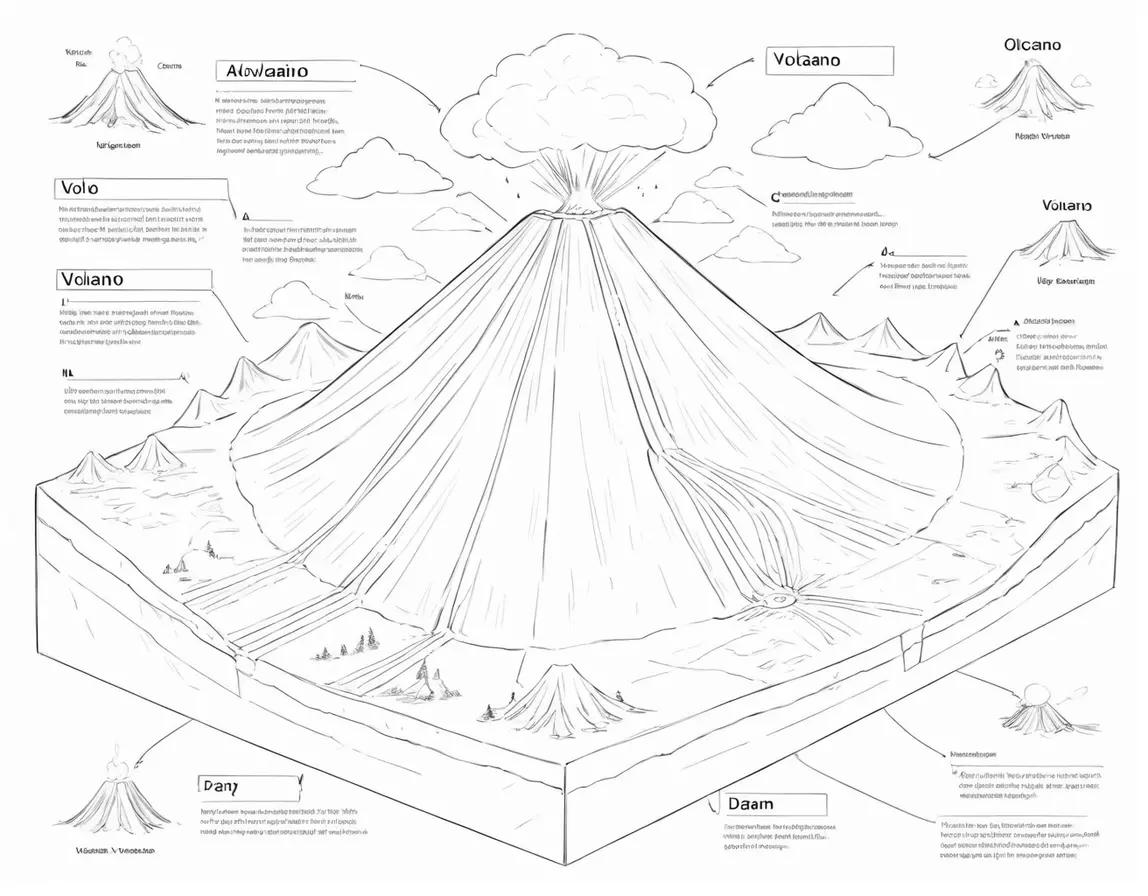
In the vast realm of physics, the concepts of speed and velocity serve as fundamental pillars in understanding the intricacies of motion. This exploration aims to provide a comprehensive understanding of speed and velocity, elucidating their definitions, units of measurement, and the crucial distinctions that set them apart.
Scalar Quantity: Speed is a scalar quantity that represents the rate at which an object covers distance. It is the magnitude of velocity, carrying no directional information. The SI unit for speed is meters per second (m/s), although other units such as kilometers per hour (km/h) are commonly used.
Formula for Speed: The formula to calculate speed is straightforward: Speed (v) equals the distance traveled (d) divided by the time taken (t). Mathematically, it is expressed as v = d/t. The resulting speed value indicates how quickly or slowly an object is moving relative to a reference point.
Vector Quantity: Velocity, on the other hand, is a vector quantity that not only signifies the rate of motion but also includes the direction of motion. It encompasses both magnitude and specific orientation, making it a more comprehensive measure than speed.
Formula for Velocity: The formula for velocity mirrors that of speed but includes a directional component. Mathematically, velocity (v) equals the change in displacement (Δd) divided by the change in time (Δt). Symbolically, it is expressed as v = Δd/Δt. The resulting velocity is indicative of both speed and the direction of motion.
Distinctions Between Speed and Velocity:
Directionality: The primary distinction lies in the inclusion of direction in velocity. Speed is concerned solely with the rate of motion, neglecting any directional information. Velocity, however, paints a more comprehensive picture, providing insights into both speed and the direction of travel.
Scalar vs. Vector: Speed is a scalar quantity, carrying only magnitude, whereas velocity is a vector quantity, carrying both magnitude and direction. This difference makes velocity a more nuanced and complete descriptor of motion.
Units of Measurement:
Units for Speed: The units for speed are consistent with those for velocity – both are measured in meters per second (m/s) in the International System of Units. However, speed can also be expressed in other units, such as kilometers per hour (km/h) or miles per hour (mph), depending on the context.
Units for Velocity: Like speed, velocity is primarily measured in meters per second (m/s). The choice of unit depends on the specific requirements of the problem at hand. Additional units, such as kilometers per hour or miles per hour, may also be employed, especially in everyday contexts.
Average Speed and Average Velocity:
Average Speed: To calculate average speed, one divides the total distance traveled by the total time taken. It provides an overall measure of how fast an object has moved without considering variations in speed during the journey.
Average Velocity: Average velocity, on the other hand, considers both the total displacement and total time taken. It takes into account changes in direction, offering a more nuanced understanding of the object’s overall motion.
Instantaneous Speed and Instantaneous Velocity:
Instantaneous Speed: At any specific moment, an object’s instantaneous speed is the magnitude of its instantaneous velocity. It provides the rate of motion at a particular instant, akin to the reading on a speedometer.
Instantaneous Velocity: Instantaneous velocity, however, extends beyond speed by including the direction of motion at a specific moment. It is a vector quantity that pinpoints both the magnitude and direction of an object’s motion precisely.
Graphical Representation:
Speed-Time Graphs: Graphs depicting speed against time yield a horizontal line for uniform speed and a sloping line for changing speed. The steeper the slope, the greater the acceleration or deceleration.
Velocity-Time Graphs: Graphs illustrating velocity against time capture changes in both speed and direction. The slope represents acceleration or deceleration, while the area under the curve gives the displacement.
Importance in Physics and Everyday Life:
Fundamental in Physics: The concepts of speed and velocity are foundational in physics, forming the basis for understanding kinematics, dynamics, and various laws of motion. They play a crucial role in calculations related to force, energy, and momentum.
Everyday Applications: In daily life, an understanding of speed and velocity is evident in activities such as driving, cycling, or even walking. Speed limits on roads, travel time estimations, and sports performances all involve these fundamental principles of motion.
Challenges and Considerations:
Directional Awareness: Misinterpretations often arise due to a lack of directional awareness. People may refer to “velocity” colloquially when expressing speed, inadvertently overlooking the importance of direction.
Changing Direction: In scenarios where an object changes direction but maintains a constant speed, its average velocity may be zero. This concept challenges common intuitions about velocity.
The concepts of speed and velocity are integral to the understanding of motion in physics. While speed provides a straightforward measure of the rate of motion, velocity adds a crucial directional component, transforming the scalar into a vector quantity.
Mastery of these concepts not only enriches scientific knowledge but also enhances our ability to analyze and navigate the diverse motions occurring in the world around us.



















